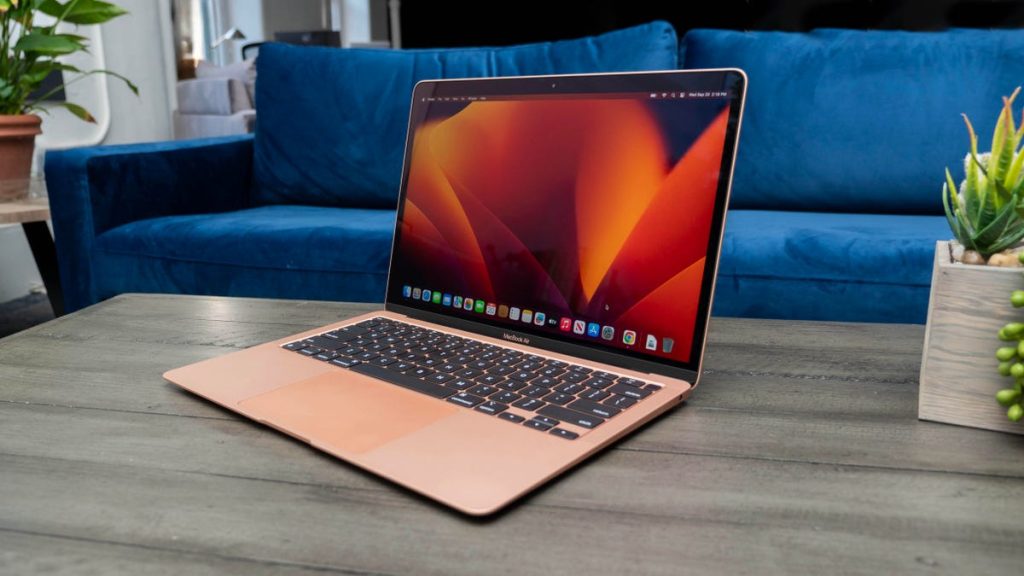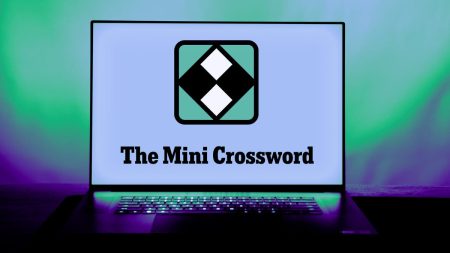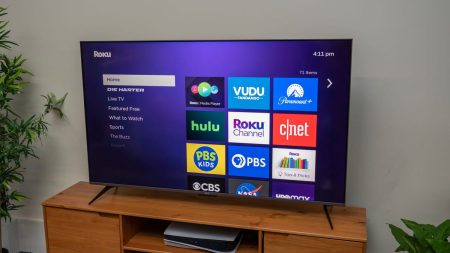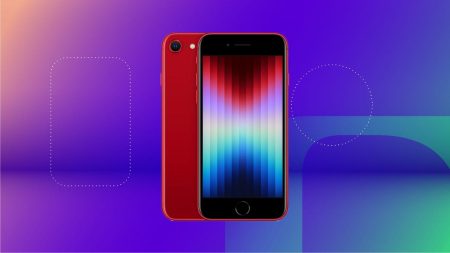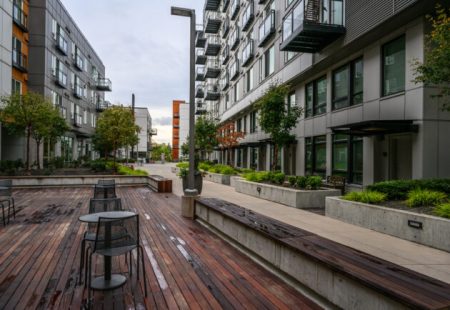Affordable Laptops: What to Expect and How to Choose the Right One for Your Needs
Introduction to Budget Laptops
The world of budget laptops is vast, with many models available under $1,000, and even more under $500. While these laptops may not boast high-end specs or premium features, they can still deliver solid performance for everyday tasks like web browsing, writing, and streaming. Modern budget laptops often come with advantages like lightweight designs and decent battery life, making them excellent choices for students, casual users, or anyone looking for a reliable secondary device. If you’re considering replacing an old Windows laptop that’s no longer performing well, consider repurposing it as a Chromebook—a cost-effective way to breathe new life into outdated hardware.
When shopping for a budget laptop, it’s important to manage your expectations. While you can’t expect top-tier specs, you can still find models that offer good value for money. If you’re planning to hold onto your laptop for several years, it’s worth considering whether stretching your budget a bit might be worthwhile. Look for models that offer upgradable components, such as memory, storage, or even replaceable batteries, to future-proof your purchase. However, keep in mind that many budget laptops come with soldered memory and limited upgrade options, so always check user reviews and specs carefully before making a decision.
For gaming enthusiasts, budget laptops present a unique challenge. While cloud gaming services like Nvidia GeForce Now and Xbox Game Pass Ultimate can allow you to play high-quality games on even the cheapest laptops, traditional gaming still requires more powerful hardware. The most affordable budget laptops capable of handling moderately demanding games typically start around $700, with discrete graphics processors being a key feature to look for. If you’re looking for the best gaming laptop under $1,000, there are several excellent options available that balance performance and price.
Windows, Mac, or Chromebook: Choosing the Right Operating System
When it comes to budget laptops, Apple products like the MacBook Air rarely fit into the "affordable" category, with even the entry-level model starting at $999. Chromebooks, on the other hand, are often the most affordable option, making them a popular choice for budget-conscious buyers. Chromebooks run Google’s ChromeOS, which is less resource-intensive than Windows, allowing them to function smoothly with lower-end processors, less RAM, and slower storage. This makes Chromebooks ideal for users who primarily need a device for web-based tasks, streaming, or using Android apps.
However, Chromebooks may not be the best fit for everyone. If you need a laptop for more demanding tasks like video editing or running heavy applications, a Windows laptop is likely a better choice. Windows systems generally require more powerful hardware, including faster processors, more memory, and larger storage capacities. While affordable Windows laptops are available, be cautious of models that sacrifice too much in terms of performance. Many budget Windows laptops are essentially repurposed Chromebook configurations, which can struggle to run the full Windows OS smoothly.
For users who are undecided, it’s worth considering whether their essential apps and tools are available on ChromeOS. While Chromebooks now support Chrome apps, Android apps, and even Linux apps, there may still be some software that requires a full Windows environment. Additionally, Chromebooks are cloud-first devices, so they don’t require large amounts of built-in storage. If your work is mostly cloud-based, a Chromebook could be a great option. If you’re a gamer or need a touchscreen for Android games, ensure you choose a Chromebook with a touchscreen display.
Size and Portability: What to Look For
When selecting a budget laptop, the size of the device is an important consideration. Smaller, ultraportable laptops (typically 13 inches or under) are less common in the budget price range, as shrinking the size often increases costs. Instead, most budget laptops come in 14-, 15.6-, or 17.3-inch sizes. While these larger laptops may not be as portable, they often offer better value for money in terms of performance and features. For younger students or those who need an ultra-compact device, 11.6-inch Chromebooks are an option, though they may be too small for extended use.
One area where budget laptops often cut corners is the display. Screens in this price range may use cheaper TN (twisted nematic) technology, which can result in poorer viewing angles and less vibrant colors. If possible, look for laptops with IPS (in-plane switching) displays, which offer better brightness, color accuracy, and viewing angles. Be wary of marketing terms like "HD," as this can sometimes refer to lower resolutions like 1,280×720 pixels rather than the sharper 1,920×1,080 pixels of Full HD. In the budget range, 14-inch laptops are particularly worth considering, as they often offer Full HD screens at more affordable prices.
Processor, Memory, and Storage: What You Need to Know
Budget laptops often rely on lower-end processors like AMD’s Athlon or Intel’s Celeron and Pentium series to keep costs down. While these processors can handle basic tasks, they may struggle with more demanding workloads, especially when paired with limited memory. For a smoother Windows experience, it’s crucial to prioritize laptops with at least 8GB of RAM, though 16GB is preferable. Unfortunately, many budget laptops come with only 4GB or 8GB of RAM, and in some cases, the memory is soldered to the motherboard, making upgrades impossible.
Storage is another key consideration. While hard drives are becoming less common in budget laptops, SSDs (solid-state drives) are now the norm, though they may be smaller and slower in cheaper models. If you’re considering a laptop with a smaller SSD (often capped at 256GB in this price range), you can supplement it with external drives or cloud storage. Upgradability is another factor to keep in mind; some laptops may have soldered components, so it’s essential to check the specs or user reviews to determine if upgrades are feasible.
Additional Features to Consider: Convertibles, Battery Life, and More
Beyond the basics, there are several additional features to consider when choosing a budget laptop. Convertible laptops, also known as two-in-one devices, offer the versatility of a tablet and a laptop in one. These devices allow you to flip the screen around for comfortable streaming, presentations, or casual use. While convertibles are often more expensive, some budget-friendly options exist, particularly in the Chromebook category.
Another important factor is battery life. Many budget laptops now offer impressive battery life, making them great for on-the-go use. Look for models that strike a balance between size, weight, and battery performance. Some users may also want to explore refurbished or used laptops as a cost-effective way to get a better device within their budget. Nonprofit or educational discounts can also be a great way to save money, so it’s worth checking if you’re eligible for these programs.
In conclusion, buying a budget laptop requires careful consideration of your needs and priorities. While you may need to make some compromises in terms of specs or features, there are plenty of options available that can meet your requirements without breaking the bank. Whether you’re looking for a lightweight Chromebook for basic tasks, a mid-range Windows laptop for productivity, or an affordable gaming laptop for casual play, the budget laptop market has something to offer. Just remember to do your research, read reviews, and don’t hesitate to explore refurbished or discounted options to get the best value for your money.





